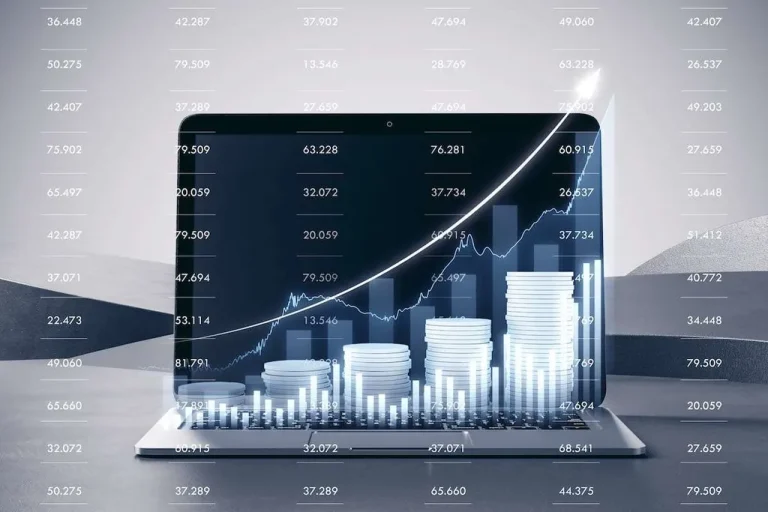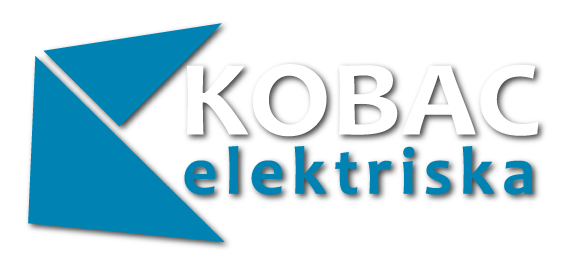Without DMA, when the CPU is utilizing programmed input/output, it’s typically absolutely occupied for the complete duration of the read or write operation, and is thus unavailable to perform different work. With DMA, the CPU first initiates the transfer, then it does different operations whereas the transfer is in progress, and it lastly receives an interrupt from the DMA controller (DMAC) when the operation is completed. This feature is helpful at any time that the CPU can not keep up with the rate of data transfer, or when the CPU must perform work while ready for a relatively gradual I/O information transfer. During initiation, the DMA controller identifies and prioritizes incoming requests based mostly on predefined criteria. This ensures environment friendly utilization of system resources and minimizes delays in information transfer. As Quickly As a request is accepted, the DMA controller temporarily takes management of the bus to facilitate direct communication between gadgets and reminiscence.
Memory Group

If we needed to make use of the processor for one thing useful (such as analyzing this pile of data), we may offload copying into the magical expertise of DMA. It communicates throughout the system and transfers data among the many different inside elements of it. Unlike RDMA, this superior expertise offers direct memory-to-memory communication and excludes the CPUs of each systems.
That is sensible because the I/O device is probably sooner than the CPU anyway so the loss in phrases of executed instructions might be small. RDMA is beneficial in purposes that require quick and big parallel high-performance computing clusters and data middle networks. For example, RDMA is helpful when analyzing big knowledge, in supercomputing environments and for machine learning that requires low latencies and high transfer rates. The DMA is broadly used in trendy computing for enhanced performance and efficiency in varied purposes.
Management In Business (on-demand)

By handling these requests independently of the CPU, DMA significantly reduces processor overhead and accelerates data transfers between devices and reminiscence. Remote Direct Reminiscence Access (RDMA) is another reminiscence access methodology that permits two networked computer systems to exchange data in primary memory with out counting on the CPU, cache or the working system of both pc. Like domestically based DMA transactions, RDMA frees up resources and improves throughput and efficiency. This leads to sooner knowledge switch charges and decrease latency between RDMA-enabled systems. Transparent mode takes probably the most time to transfer a block of information, but additionally it is probably the most efficient mode by way of overall system performance. In clear mode, the DMA controller transfers knowledge only when the CPU is performing operations that do not use the system buses.

Understanding DMA is essential for appreciating its position in trendy computing methods and the method it streamlines complicated processes. Direct Reminiscence Entry (DMA) facilitates several forms of data transfers, each suited to particular scenarios. In burst mode, the DMA controller transfers a block of knowledge in one go, temporarily halting the CPU’s entry to the system bus. This mode is environment friendly for moving massive amounts of information swiftly however can delay CPU operations. Cycle stealing mode, then again, allows the DMA controller to switch a single data Smart contract word and then return management to the CPU.
DMA is generally used to improve knowledge switch effectivity between peripheral units and reminiscence. Direct Memory Access (DMA) is a function of computer techniques that allows certain hardware subsystems to access main system reminiscence independently of the central processing unit (CPU). DMA improves system efficiency by enabling knowledge transfers directly between reminiscence and peripherals, lowering CPU intervention and freeing up processing assets for different tasks. ISA DMA’s extended 24-bit handle bus width permits it to entry as a lot as sixteen MB decrease reminiscence.4 The web page register was additionally rewired to address the full 16 MB memory address space of the CPU.
- DMA Controller also incorporates an address unit, which generates the tackle and selects an I/O system for the switch of data.
- DMA saves CPU overhead by permitting peripheral devices to immediately access memory, ensuring that information transfers happen at the quickest possible pace enabled by the hardware.
- In reality, let’s say you have this monitoring system, though the main points aren’t important.
- DMA is mainly about allowing disk drives, external memory, graphic cards, network cards, and sound playing cards among different devices to learn and write knowledge into the reminiscence of the computer.
- This is essential for functions requiring real-time data transmission, similar to video conferencing, on-line gaming, and streaming services.
- A modern x86 CPU might use more than 4 GB of reminiscence, either using the native 64-bit mode of x86-64 CPU, or the Bodily Handle Extension (PAE), a 36-bit addressing mode.
The DMA controller coordinates with the supply and destination devices to efficiently switch knowledge with out involving the CPU. Throughout data switch, data flows instantly from one gadget to a different by way of DMA channels with out CPU intervention. This allows for environment friendly data movement between peripherals and memory, lowering CPU overhead considerably.
As Quickly As the DMA controller positive aspects control of the system bus, it could instantly access the reminiscence with out involving the CPU. This direct interaction permits efficient and speedy knowledge transfers between peripherals and reminiscence locations. This method could also be less efficient than different DMA forms because it relies heavily on CPU intervention, leading to elevated overhead and slower processing speeds.

DMA is configured by initializing the DMA controller with the supply and destination addresses, switch dimension, course, and mode. The CPU then triggers the beginning of the DMA switch, and the DMA controller manages the info transfer independently. Upon completion, the DMA controller generates an interrupt to notify the CPU. Cycle stealing DMA permits the DMA controller to transfer a small amount of data throughout every bus cycle, interleaving its operations with these of the CPU. This methodology reduces the influence on CPU performance but could lead to slower overall knowledge switch charges. By lowering the necessity for CPU involvement in data transfers, DMA can help lower total power consumption, extending battery life in portable gadgets and lowering energy costs in data facilities.
By permitting peripherals to speak directly with reminiscence, DMA reduces the time and computational sources required for knowledge transfers. This effectivity is essential in systems where speedy information trade is needed, such as in multimedia processing or high-speed communication networks. Traditional knowledge handling methods, which rely closely on the CPU, can result in bottlenecks, slowing down the general system performance. DMA mitigates these points by freeing the CPU from routine information management duties, allowing it to focus on executing complex directions and enhancing multitasking capabilities. The discount in CPU involvement also interprets to lower energy consumption, which is beneficial for battery-operated units. In networking, Direct Memory Access (DMA) is integral to managing high-speed knowledge transfers and maintaining environment friendly communication channels.
This straightforward strategy makes it easier to implement and understand than different types of DMA configurations. But it makes up for that in reducing processor cycles that cope with reminiscence. You may not need DMA or your processor could not assist DMA to all peripherals.
Direct Reminiscence Entry (DMA) is important for IT infrastructure because it turbocharges data transfer efficiency by releasing up the CPU from dealing with each byte exchange. Suppose of it as a site visitors controller rerouting information instantly between devices and reminiscence lanes, bypassing CPU traffic jams. As Quickly As the information transfer is full, the DMA controller releases control of the system bus. This step is essential because it allows different devices to entry the bus for their own operations without any https://www.xcritical.com/ interference from the DMA course of. By intelligently managing competition for memory access, the DMA controller optimizes the system’s overall efficiency by minimizing idle time and maximizing throughput.
DMA permits the CPU task switch to operate independently from the reminiscence background data motion; the system will perform better. Single-ended DMA controllers are easy DMA controllers that operate by reading from and writing to a single reminiscence address. On the other hand, dual-ended DMA controllers are extra advanced DMA controllers.
